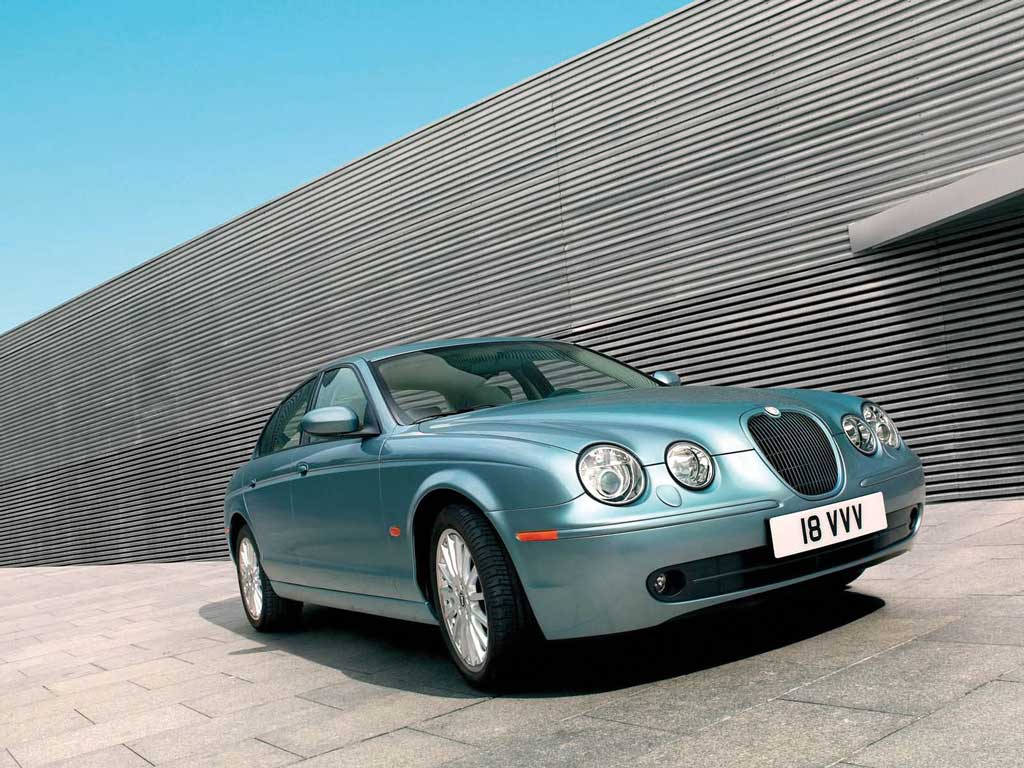
A good deal of water has passed under the bridge, and many diesel models have come and gone since I started writing for Diesel Car back in 1999. Those were the days when people were dumping company cars, on account of taxation, and taking mileage allowances for company business miles using their own car. The maximum rates your company could pay you tax-free were engine capacity related, and with an economical 2.0 litre diesel, you could collect 63p a mile for the first 4,000 miles a year, and 36p a mile thereafter. With diesel priced at around 80p a litre, you could make a tidy profit over typical running costs, and many drivers took out finance deals that were well covered by their regular mileage payments. Sadly, these benefits became eroded over time, and were left unchanged while running costs escalated. Engine capacity scales disappeared, and ten years later the unified tax-free rate was still a mean 40p a mile for the first 10,000 miles, a figure uprated in 2013 to 45p a mile, which remains the same now, a full ten years on. With the incentive of just 2% company car tax on electric cars, it’s no wonder few employees now run their own car on company business. Meanwhile, over the years, our MPs, who have consistently voted down inflation-linked increases in these rates, have paid themselves considerably more. Plus ça change!
As a consequence of car allowances, my first speculative piece for Diesel Car, then edited by Ivor Carroll, was on this subject, which subsequently was aired frequently in the columns of Doctor Diesel. The benefits of running an economical diesel were significant drivers of a growing diesel market, and by 2014, over half of UK new car sales were diesel powered.
But let’s look briefly at the changing technology of diesel power over these years. Early diesels used a miscellany of power units, many employing strengthened variants of existing petrol engines, rugged but worthy servants, and undeniably economical, but rather uninspiring. The drive for more power and higher efficiency led to turbocharging though, bringing a whole new generation of TDs, TDIs, HDis, and the like, that combined impressive performance with even better fuel economy. Pioneers like the Citroën BX diesels, the Golf TDIs, and diesel variants of Mercedes-Benz saloons were notable pioneers of this time. The arrival of common rail fuel injection, led by Fiat’s JTD engines, meant that 60 and 70mpg figures became commonplace. Then along came intercooling, allowing further gains in power output. Even those of us in the know were stunned when the annual MPG Marathon produced winners clocking well over 80mpg, and not many years later breaking the 100mpg barrier. Golden days for diesel power indeed!
All of this was achieved whilst complying with frequently updated emissions regulations, which introduced power-stifling exhaust gas recirculation, particulate filters that needed regular regeneration, and then further injection controls and exhaust gas treatment to minimise NOx emissions. It has been a far from easy ride, yet many of us feel that a small but solid niche will long exist for diesel power, and that some diesels will become coveted classics, destined to be maintained with love and care. It makes me think of diesels that I have known, and had close encounters with, that might in time attain that status. The Rover 75, of which I owned for three years in 2001 to 2004, springs to mind, and plenty are still around, and evidently treasured. I always felt the Jaguar S-Type, with the 2.7 V6 diesel unit, was a rather special car, and there are plenty of them still around in excellent shape. A collector’s car if there ever was one. Diesel Range Rovers will surely be desirable for years to come? But I’m going to now nominate the modest Peugeot 406 as an oldie close to my heart, having owned one just prior to the millennium. No classic collector’s car, and probably not built well enough to last for decades unless pampered, and technically unexceptional, but one hell of a fine family car, with a wonderful ride, and even better as an estate, whilst it consumed the dubious biodiesel that I fed its XUD engine without a murmur.
You might ask why I have chosen to dwell upon these matters, but my years with dear old Diesel Car, particularly those early ones, are close to me and much valued, almost as much as those of more recent times, with Ian Robertson as editor and owner. To work with him can hardly be described as work, and the act of leaving him, as I am now on my 80th birthday, has not been easy. Thank you Ian, for those great years, and thank you also to all our readers since 1999 who have tolerated my occasional rants and frequent digressions from the subject in hand. Maybe I’ll be a bit mischievous, and drop Doctor Diesel a line every now and again, under a nom de plume, just to keep him on his toes! Best wishes to all of you, and happy motoring!
© Motorworld Media 2023
Registered Office: 4 Capricorn Centre, Cranes Farm Road, Basildon, Essex. SS14 3JJ
Company Number: 8818356
Website designed by Steve Dawson
One Response
Golden days for diesel power indeed!
All of this was achieved whilst complying with frequently updated emissions regulations, which introduced power-stifling exhaust gas recirculation, particulate filters that needed regular regeneration, and then further injection controls and exhaust gas treatment to minimise NOx emissions.
The Nox emissions were not compliant with regulations, that was the key factor in the demise of the diesel car